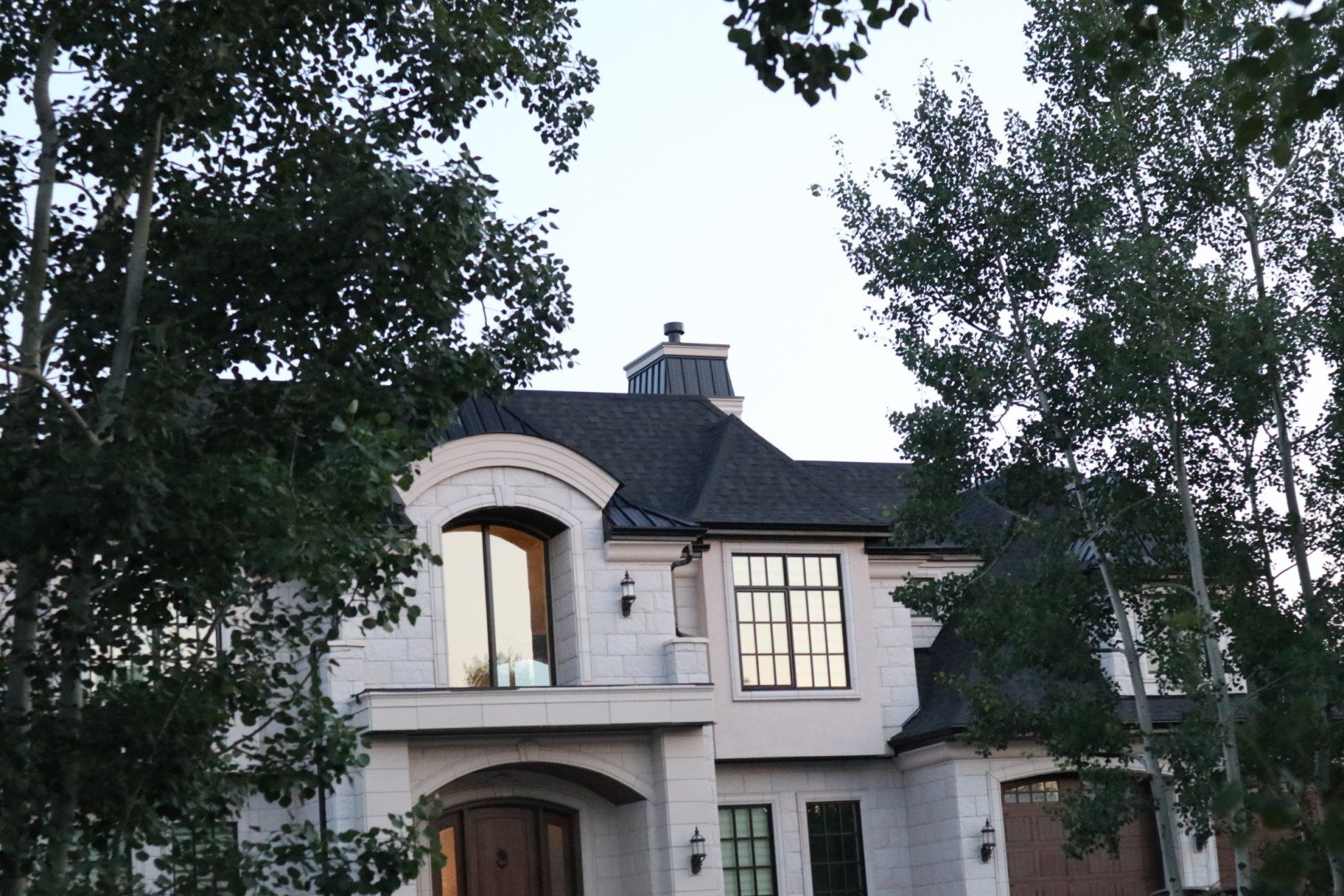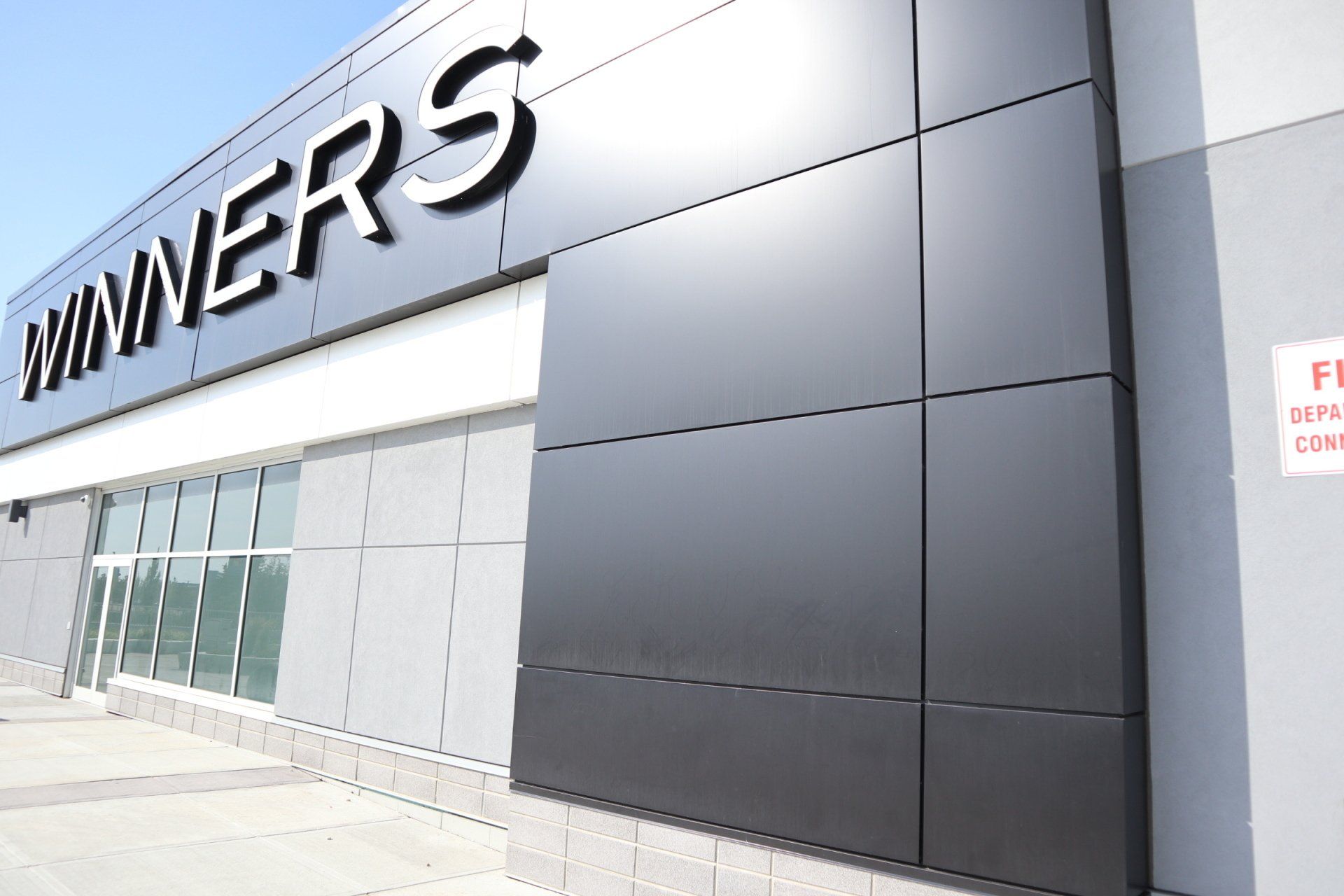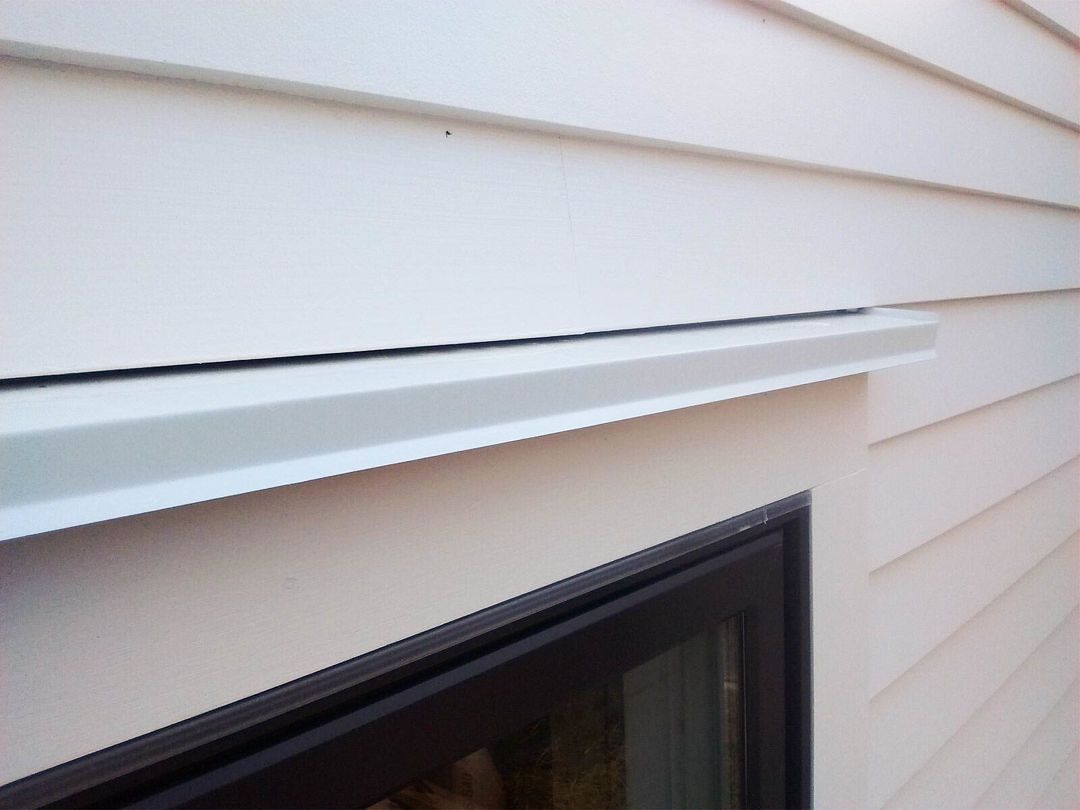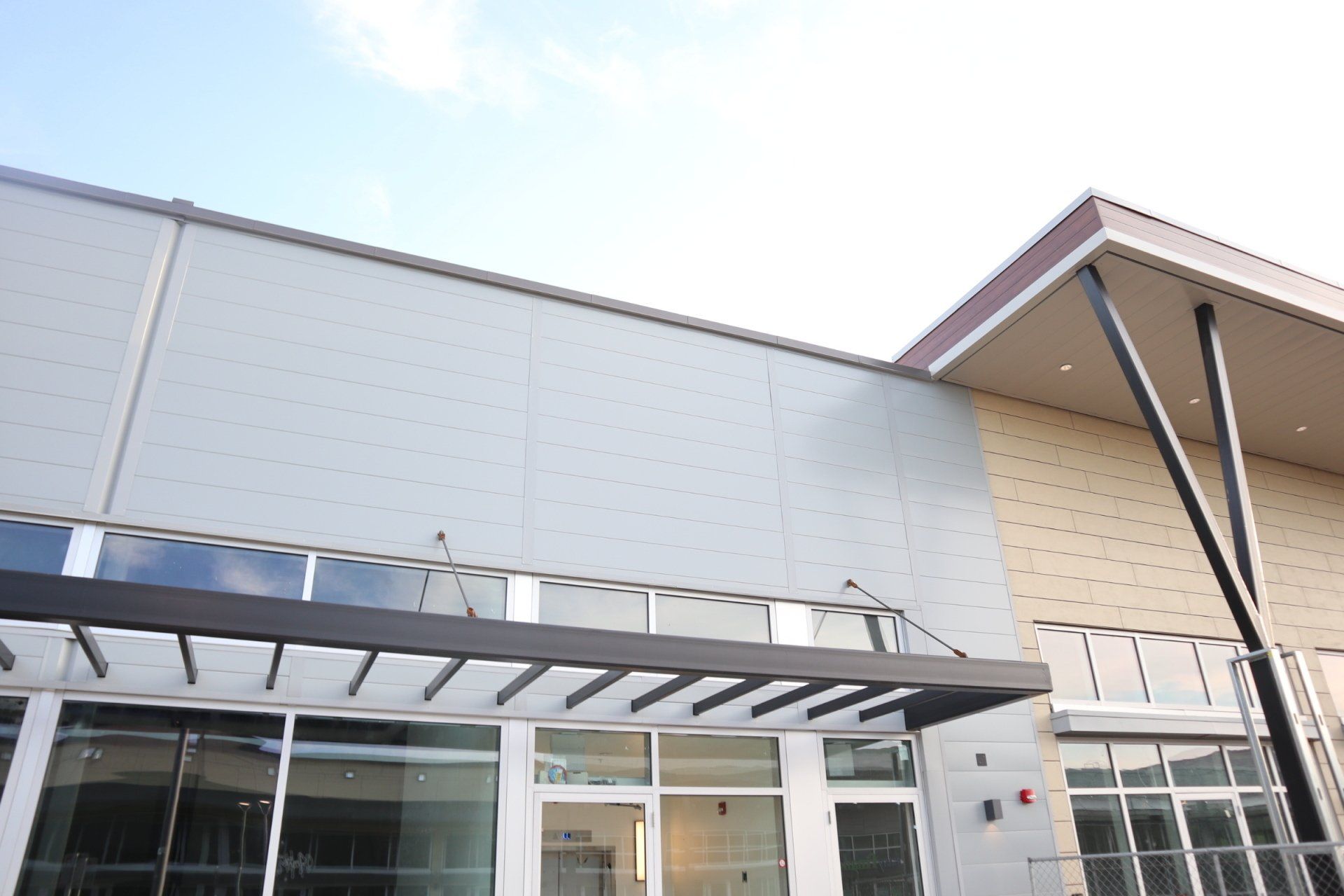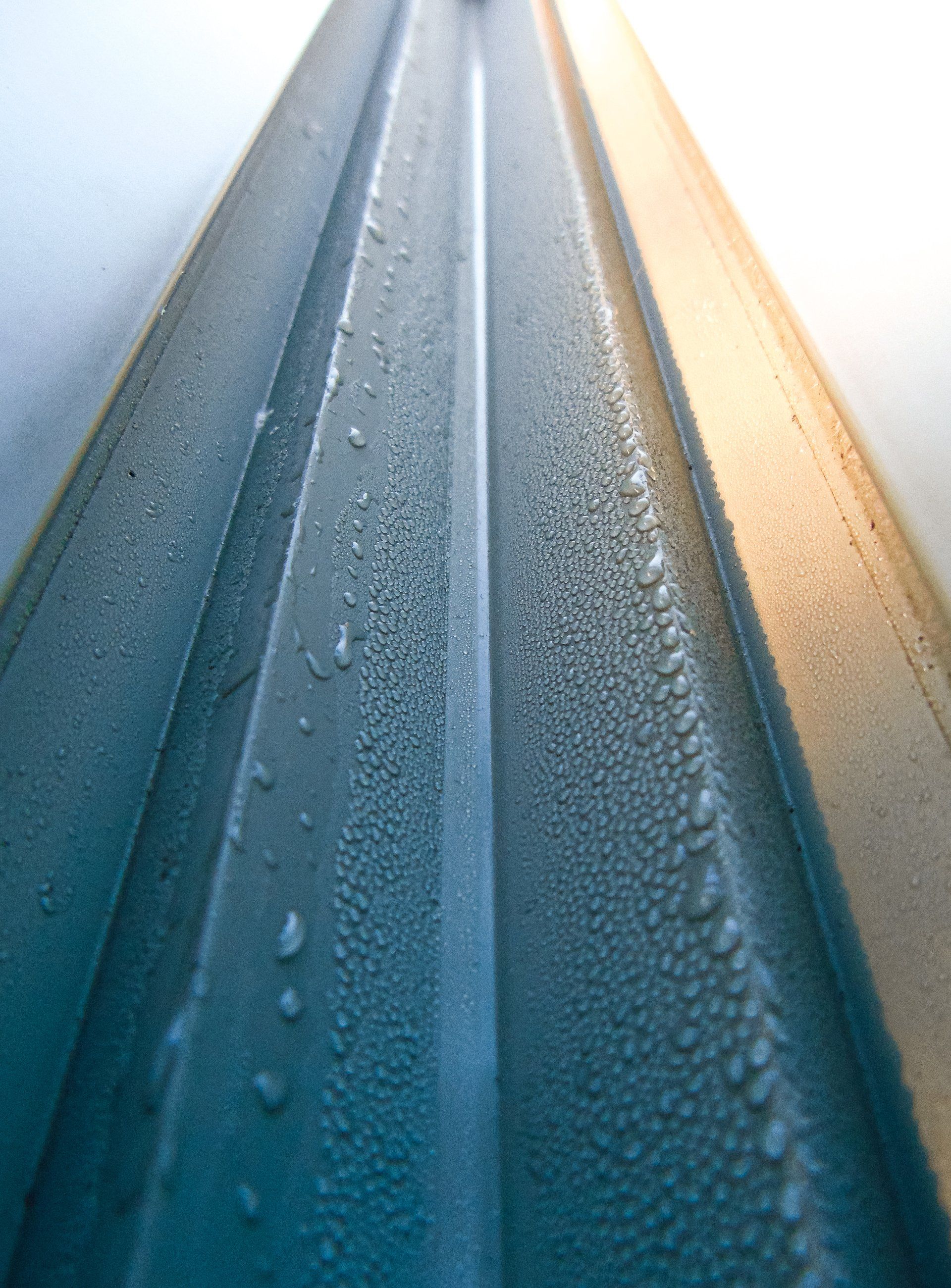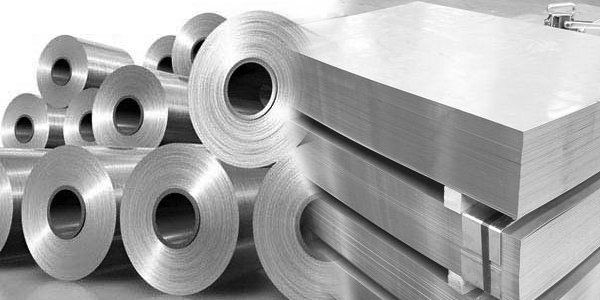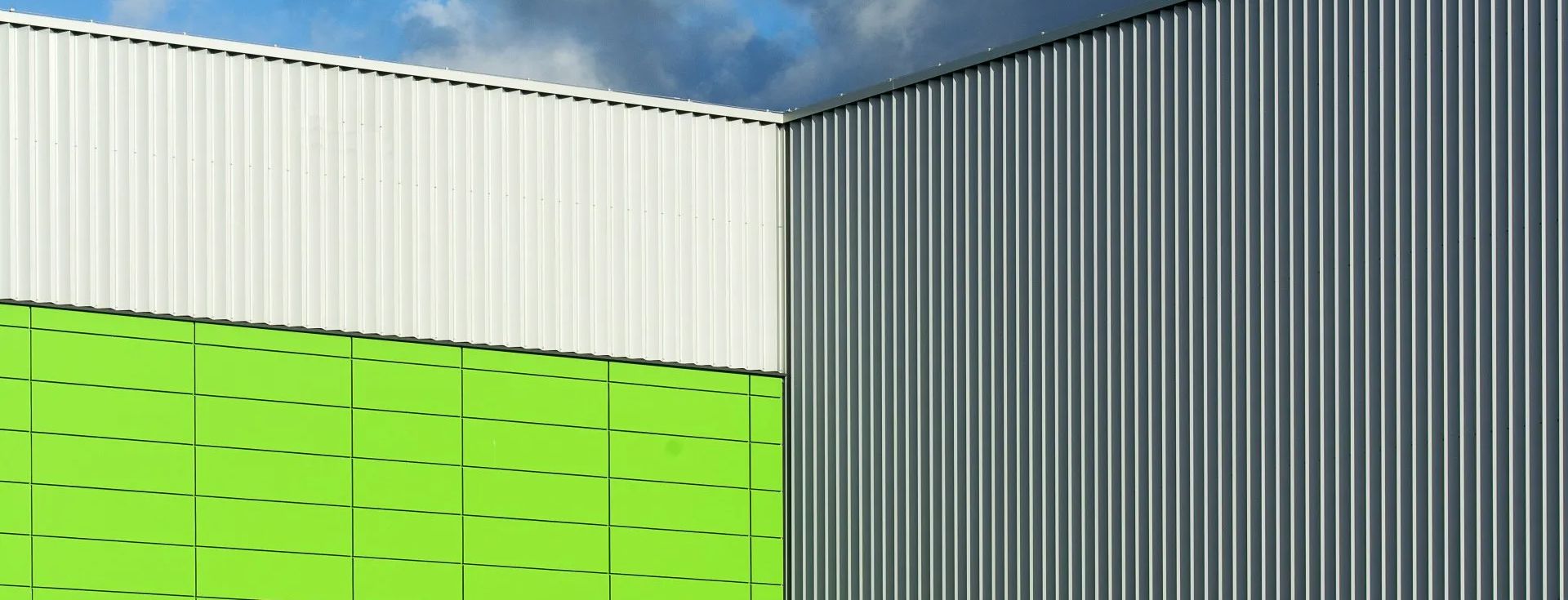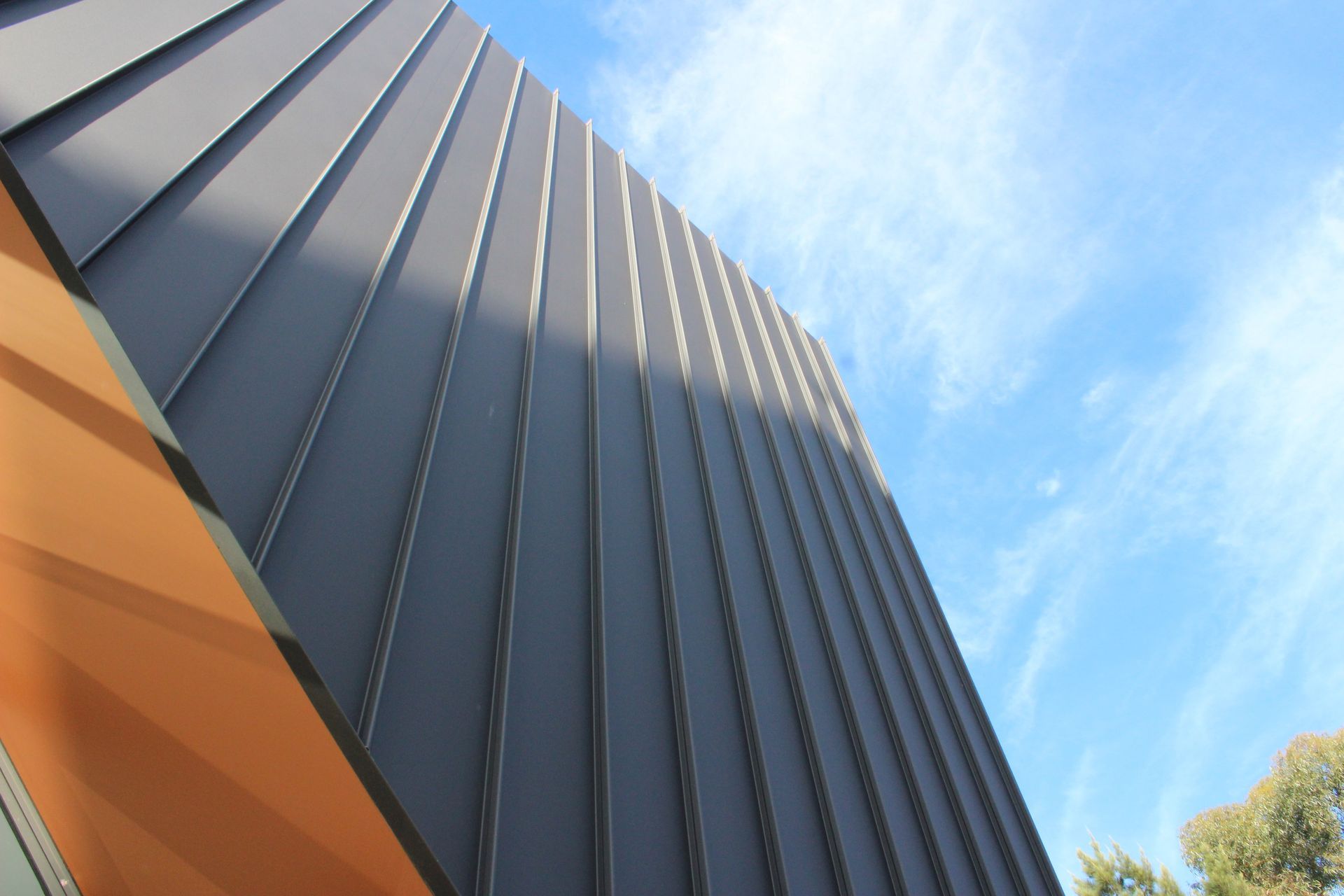Understanding Metal Roof Flashing: Types, Uses, Benefits, & More
Metal roof flashing is key to keeping your roof in good condition. It directs water away from areas where leaks might occur, helping to protect your home for years to come.
Keep reading to learn the different types of metal roof flashing and their benefits.
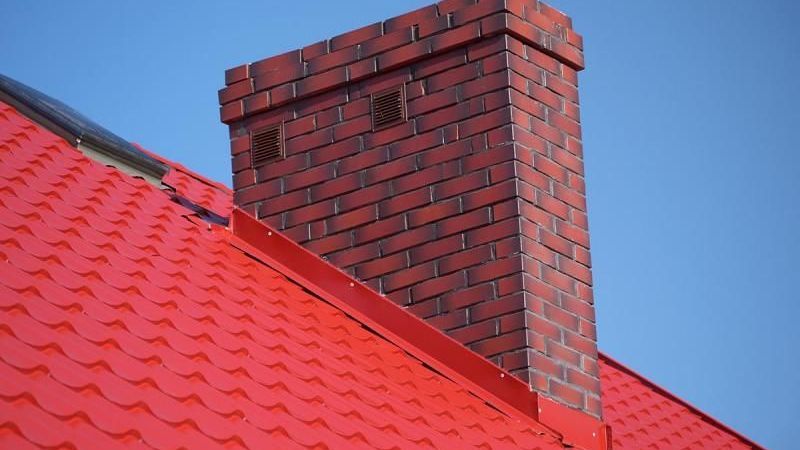
What is Metal Roof Flashing?
Metal roof flashing consists of thin strips of metal installed around critical points on your roof, including joints, edges, and intersections. By creating a barrier, flashing directs water away from vulnerable areas, reducing the risk of leaks and damage.
You risk leaks, rotting wood, and mould growth inside your home without proper flashing. You also require correct installation to maintain the longevity and effectiveness of your roofing system.
Types of Metal Roof Flashing
Metal roof flashing comes in various types, each designed to protect different areas of your roof:
Step Flashing
Step flashing goes where your roof intersects with vertical surfaces like walls or chimneys. It consists of rectangular metal pieces that overlap in a step-like pattern. Each piece of flashing goes under the shingles, with the next piece overlapping it.
Cap Flashing
Cap flashing covers the top edges of roof elements such as parapets. It creates a protective barrier that directs water away from the roof edge, preventing water from seeping into the joints and causing damage.
Drip Edge Flashing
You install drip edge flashing along the eaves of your roof. It extends slightly beyond the roof's edge, allowing water to drip off and away from the fascia.
Valley Flashing
Use valley flashing in the areas where two roof slopes meet. These areas are prone to collecting water, so valley flashing directs it away from the roof. It typically comes in a V-shape and channels water down the slope and off the roof.
Counter Flashing
Counter flashing covers step flashing to provide additional protection. It goes into a groove, cut into a wall or chimney, and overlaps the step flashing.
Benefits of Metal Roof Flashing
Here’s how metal roof flashing can improve the longevity of your roof:
Durability
Metal roof flashing can withstand harsh weather conditions. It typically contains aluminum, copper, or galvanized steel, which are resistant to rust and corrosion. This durability helps flashing last for many years.
Weather Resistance
Metal flashing maintains its integrity and protects your roof through rain, snow, and high winds. Its weather resistance reduces the likelihood of leaks and damage.
Low Maintenance
Metal flashing requires minimal maintenance. It generally doesn’t need frequent repairs or replacements, making it a cost-effective solution for roof protection.
Choose the Best Flashing to Protect Against Leaks and Damage
Understanding the types of flashing and their benefits can help you make informed decisions about your roofing system.
To ensure proper roof protection, consider consulting with a roofing professional who can recommend and install the right type of flashing for your needs. Phoenix Metals specializes in custom metal roofing for residential, agricultural, and commercial buildings in Calgary.
